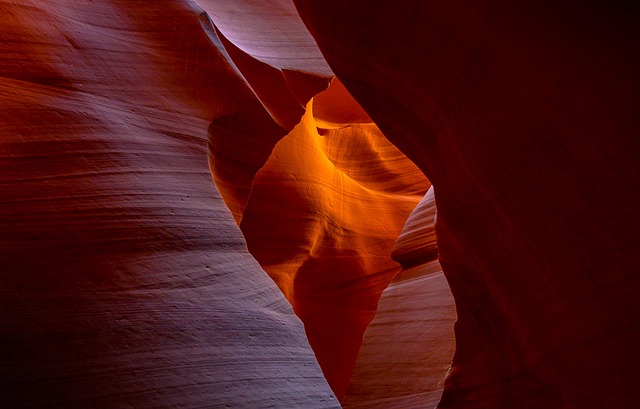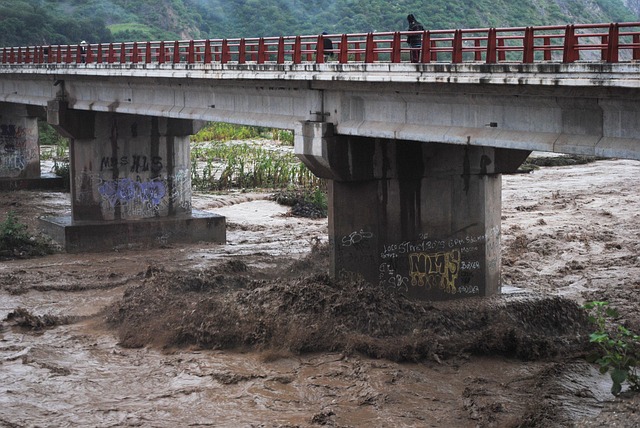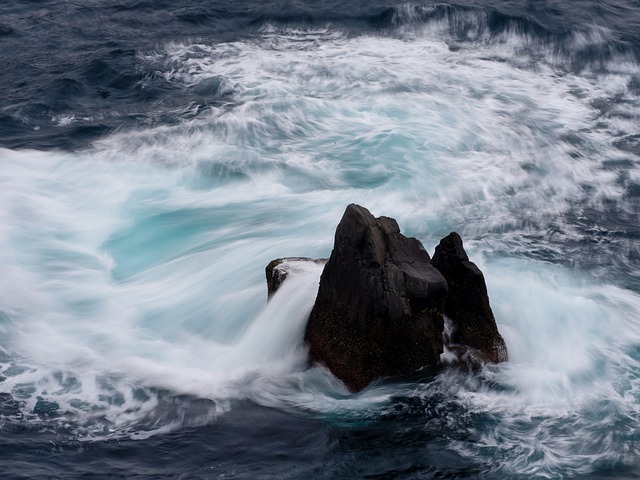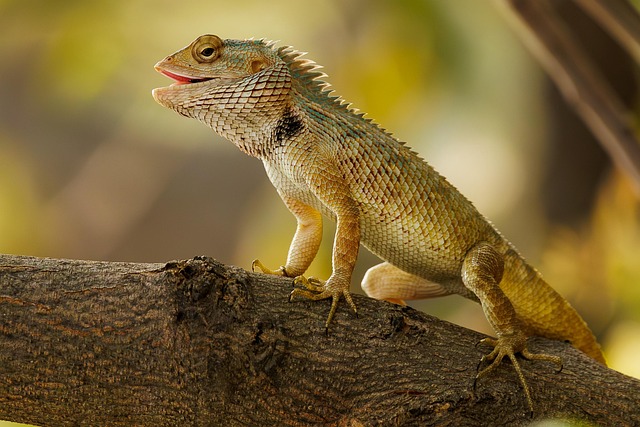
Exploring the Diverse Reptile Life of the Southwest: A Close Look at Animals and Nature
When thinking about the southwest, one often pictures expansive deserts, rugged mountains, and an array of vibrant wildlife. Among these creatures, reptiles hold a significant place in the ecosystem, showcasing remarkable adaptations that enable them to thrive in such a diverse environment. From the iconic rattlesnake to the elusive horned lizard, the reptile life of the southwest is both fascinating and essential to the natural balance of this region.
The southwest‘s warm climate creates a perfect sanctuary for various reptiles, including numerous species of lizards, snakes, and tortoises. As you wander through regions like the Sonoran Desert or the Chihuahuan Desert, you might encounter the agile side-blotched lizard, known for its vibrant colors and unique behavioral traits. These lizards are not just visually striking but also play a critical role as both predator and prey in the desert ecosystem.
Another standout reptile that embodies the spirit of the southwest is the Gila monster, one of the few venomous lizards in the world. This remarkable creature is not only a testament to the adaptive capabilities of reptiles but also a fascinating subject for nature enthusiasts. With their bright, beaded skin and slow movements, Gila monsters are a reminder of the intricate tapestry of life that flourishes in arid environments.
As the sun sets over the sprawling terrains of the southwest, the nocturnal reptiles come to life. The mysterious Great Basin rattlesnake, often hidden amongst the rocks, and the agile western coachwhip snake, known for its speed, can be found hunting under the cover of darkness. Observing these reptiles in their natural habitats provides a unique glimpse into their behaviors and survival strategies, emphasizing the urgent need to preserve their environments.
Nature lovers and reptile enthusiasts alike are drawn to the southwest to explore its diverse ecosystems. National Parks and wildlife refuges, such as Saguaro National Park and White Sands National Park, offer countless opportunities for visitors to learn about and appreciate the region’s native reptiles. Guided tours often focus on the delicate balance of nature, illustrating how each reptile plays a part in maintaining the ecosystem’s health.
Moreover, the southwest is home to many conservation efforts aimed at protecting these unique species. The ongoing challenges of habitat destruction and climate change highlight the critical importance of education and awareness in ensuring these incredible reptiles continue to thrive. Through community programs and educational initiatives, locals and visitors are encouraged to take an active role in wildlife conservation.
Whether you’re an avid herpetologist or simply someone who enjoys the beauty of the natural world, the reptiles of the southwest offer a captivating glimpse into the resilience of life. The stories of these remarkable creatures enhance our understanding of the interconnectedness of all beings within this extraordinary environment. As we continue to explore and appreciate the diverse reptiles that inhabit the southwest, we unlock the potential for a deeper connection with nature, reminding us of the delicate balance that sustains life on our planet.



